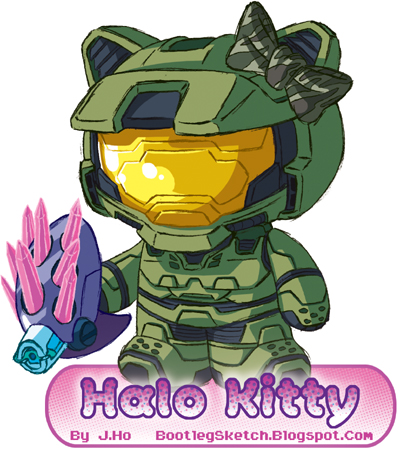The strategy of pricing a product has fundamentally changed in the digital era. Pricing has become a powerful marketing tool with many options, and your choices can dramatically affect your bottom line. Pricing old products is no longer the same as pricing new products. The issue deserves attention as one of the most basic and important decisions you'll make about your business.
Pricing in the analog era was a fairly straightforward operation, and the goal was clear: You had to price your product so that you would cover all of your development costs, your production costs, your distribution costs, and your sales and marketing costs, and some portion of your overhead, and then have enough left over for some profit. Rules of thumb were often used to make things easier; we used to look for at least 7 times the printing cost of a book for the retail price, and felt good if we could achieve 10 times. (For RPG book distribution, we'd have to give at least a 55% discount off the retail price to sell the books to distributors, and usually it was closer to 60% with various added discounts.)
How is it different with digital products? Production and distribution costs have been minimized. You don't have to create a massive print run of books or discs; you just upload a file. And you no longer have to give up any margin to distributors or retailers, if you retail it yourself on your web site; or you may give up a certain percentage to Apple or some other platform. Still, it will most likely be less than 55%. You're left with the cost of developing the product and getting it ready to upload (which, for small businesses, may be mostly your own time) and the transaction costs (PayPal, for example, would be 30 cents plus about 3% of the price).
How does that affect pricing? Your customers certainly get understand that digital products should be cheaper than equivalent analog products, even if they don't know specific numbers. You can also use this to your advantage by driving sales higher with a lower price point. The key thing is this: You don't have to pay off a print run.
What's important is overall profit, not your profit percentage. For some reason, this principle seems hard to grasp for publishers who have been around a long time.
Really, it should be immaterial if you're making a $1 profit on every unit sold or $10 profit or $100 profit; what matters is how many you sell of each. If you only sell one copy of a $100 product, you're not making more than $100. If you sell 100 copies of a $10 product, that's $1,000. If you can sell 10,000 copies of a $1 product, that's $10,000. Personally, if given a choice, I'd rather take the $10,000 than the $1,000 or the $100. Perhaps some people might sniff that I'm selling a cheap $1 product, but I probably won't worry about that as I'm depositing my $10,000.
Best of all, with a digital product pricing can be easily changed. Analog pricing is much more difficult to change; you have to price-protect those retailers and distributors who already have your product, you have to send out the information to the channel, and tell the customers too. With digital products you could change the price daily. Steam has made a mint by holding weekend sales of products... then they go right back to the regular price on Monday. So you can test out the effects of a lower price point, and if sales don't increase enough to cover the reduced income, then you can just raise it back up again.
I haven't yet mentioned one of the most important things about digital pricing: Pricing older products is completely open. If you have an older product that has already brought in enough money to pay for all of its costs, then you have completely free reign to price it however you wish. Give it away free to bring in new users. Bundle it with other digital products to improve their sales. Or just try dropping the price by 80% and see what kind of PR impact you can make, and how sales can skyrocket. If sales don't skyrocket, no problem. Just move the price back up.
The power of pricing can be seen with iPhone games. Many use a free product day as a marketing tool to get mentioned on various web sites that promote free titles. Every day, for instance, Kotaku.com promotes free iPhone games. Just because they are free. The next day or so the games are back to $1.99 or $0.99 or $2.99... but in the meantime they've gained many new users, gotten their name out their, and perhaps sold some other games for the publisher.
I'll have more to say on digital pricing in a future post.
























